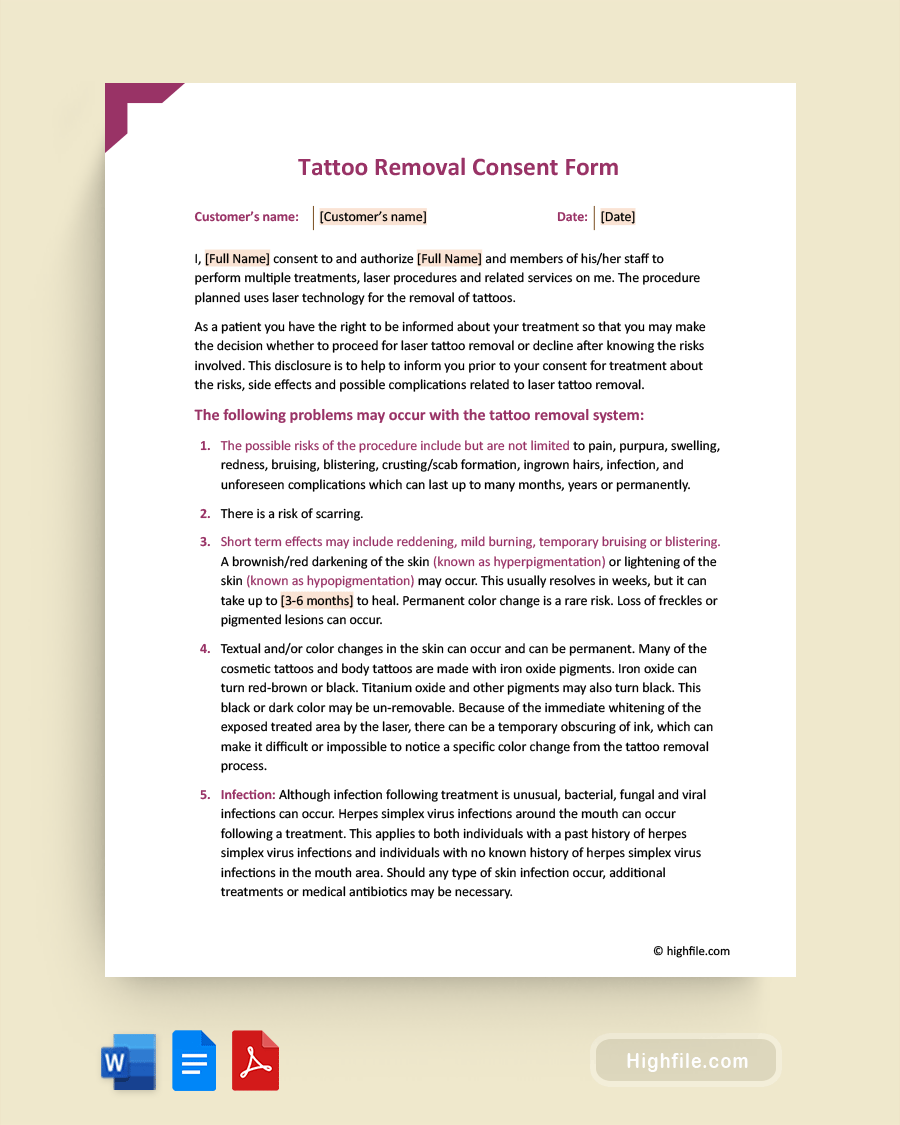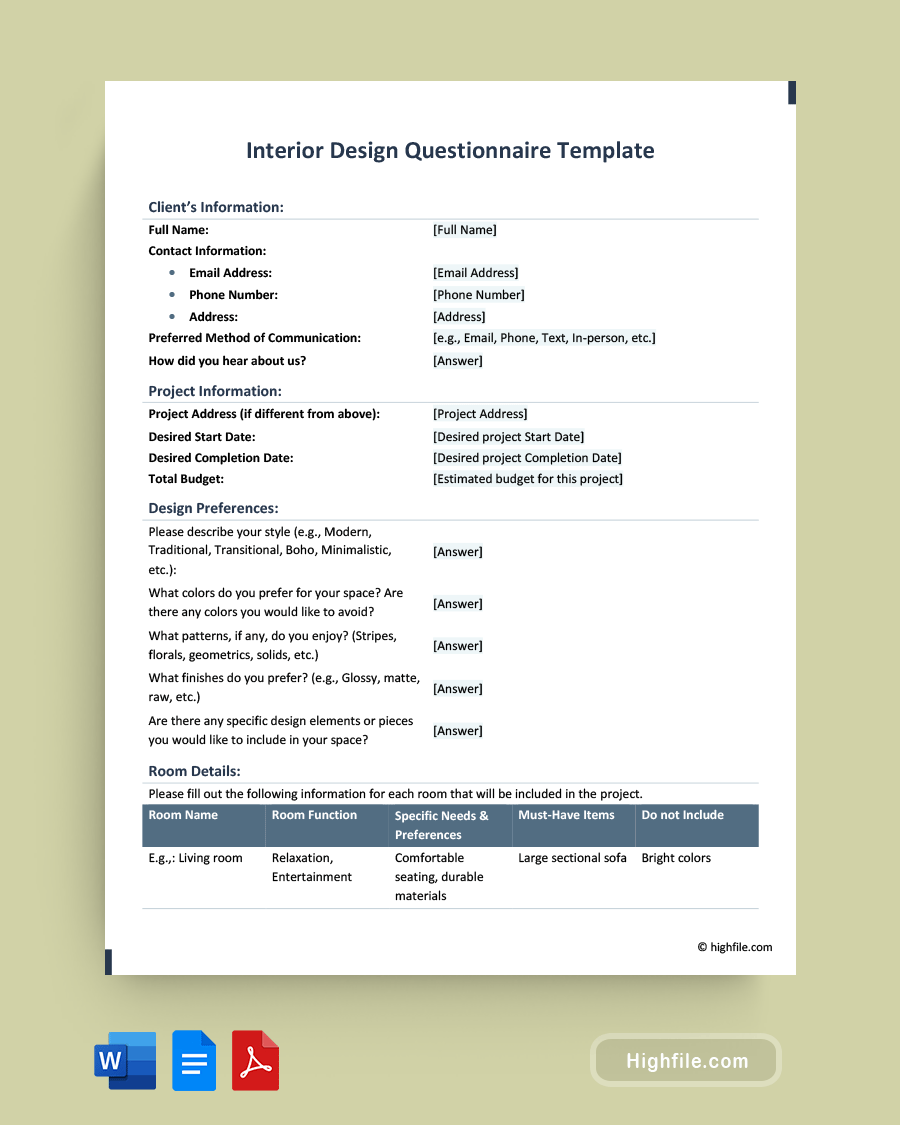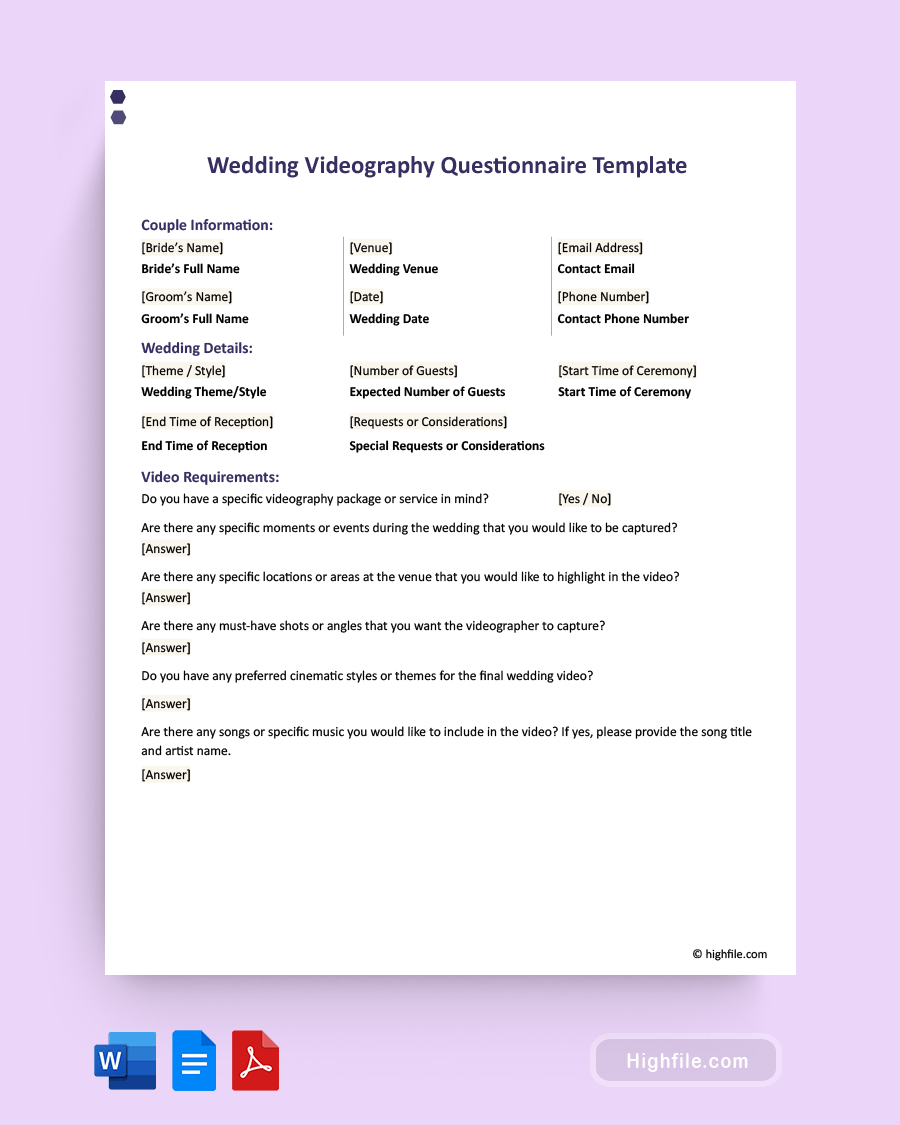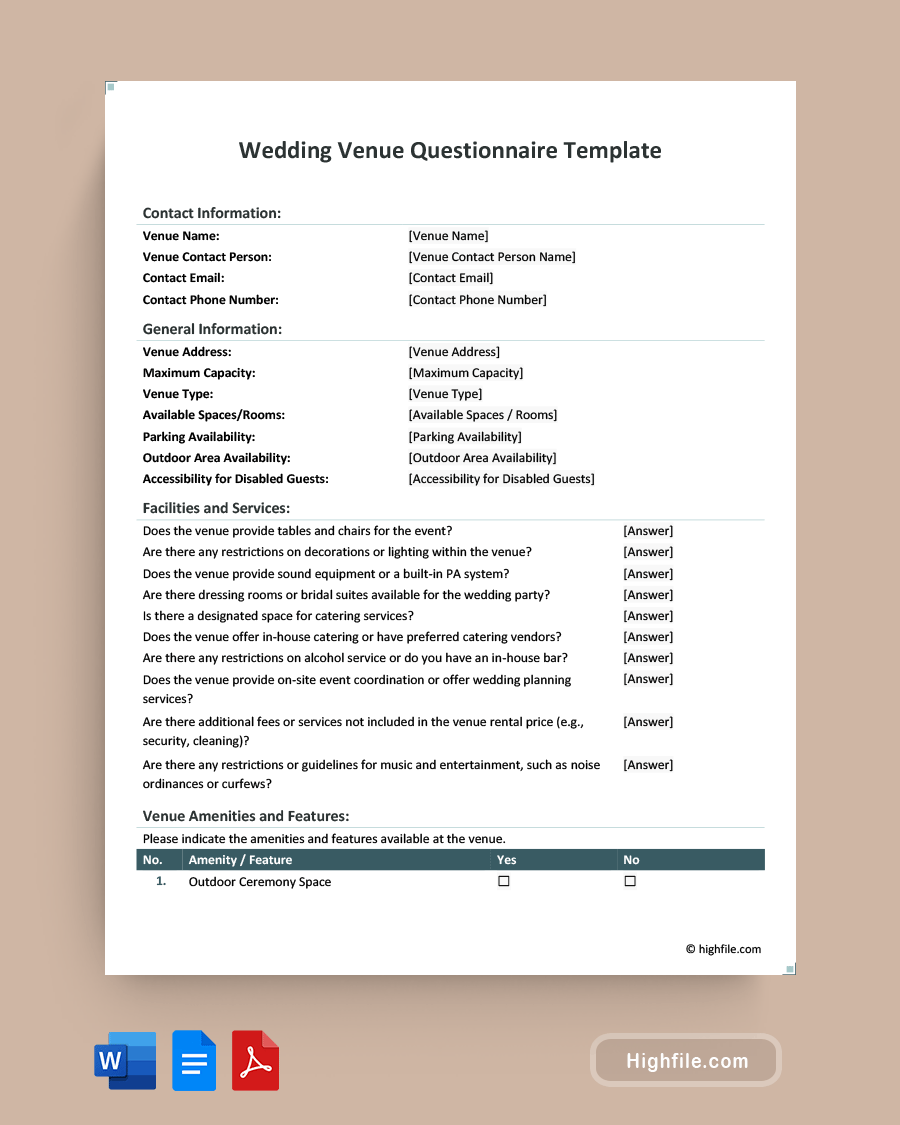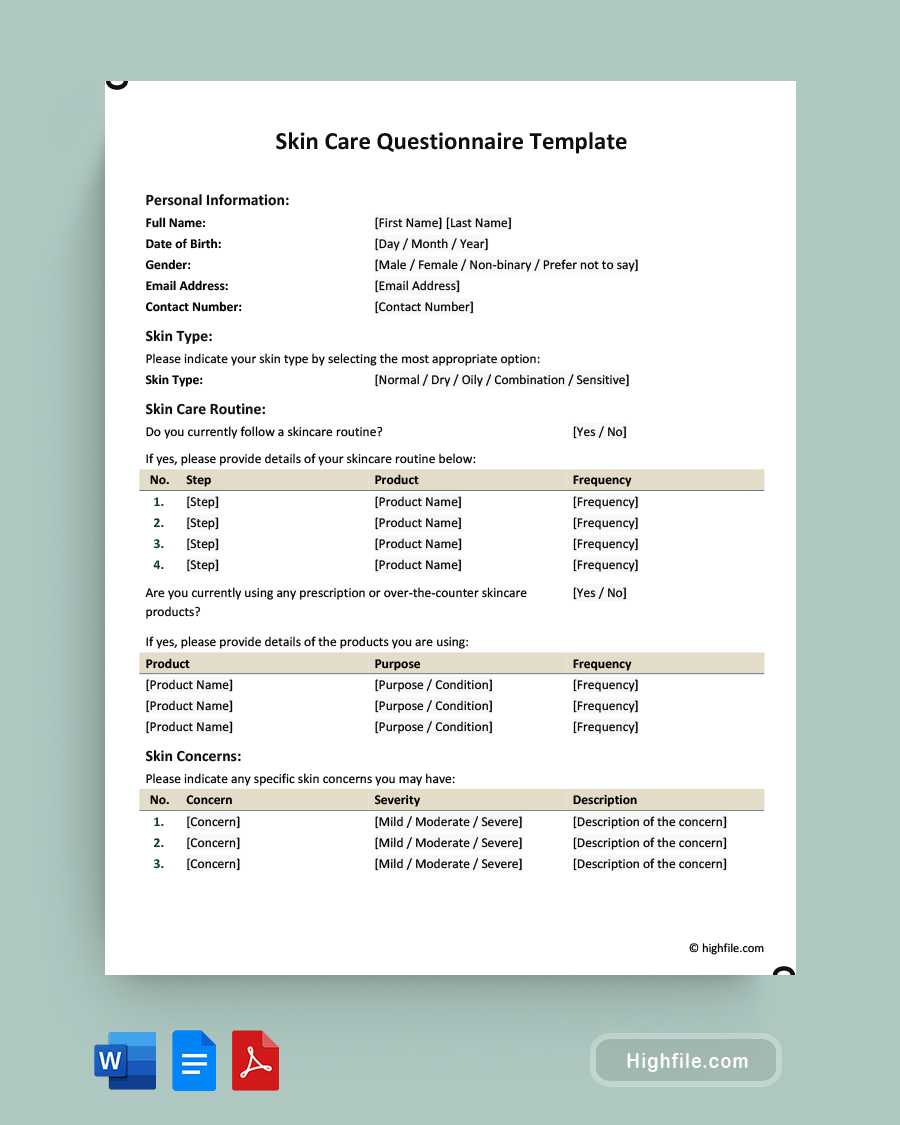Getting old tattoos removed is becoming increasingly popular. People don’t want to keep poorly done, faded, or unpleasant ink. Patients must sign a consent form before receiving medical or cosmetic treatment, including tattoo removal. The document’s purpose is to ensure that the patient is fully informed about the risks and benefits of the treatment and has given their voluntary and informed consent to receive the treatment. By signing the tattoo removal consent form, the patient acknowledges that they have received and understood this information and agree to undergo the treatment with full awareness of the potential risks and benefits. It also serves as a legal document that can help protect the provider and the patient in case of complications or disputes.
What Is a Tattoo Removal Consent Form?
Tattoo removal consent forms are legal documents that provide written permission for a patient to receive a tattoo removal procedure. The form typically includes essential information such as the patient’s name, age, address, and contact information; the location of the tattoo; the type of tattoo; the risks associated with the procedure; and any possible side effects. The form also includes the patient’s signature, which confirms that they understand and accept all risks associated with the process.
Why Is Tattoo Removal Consent Form Important?
A tattoo removal consent form is an important legal document that outlines the risks and benefits of tattoo removal and provides written consent from the client before the procedure is performed. The benefits of having a tattoo removal consent form include the following:
- Client Protection: A consent form helps protect the client by ensuring they fully understand the risks of tattoo removal. It also helps to protect the client’s legal rights in the event of any complications or adverse reactions.
- Informed Decision Making: By signing a consent form, the client acknowledges that they have received information about the procedure and are making an informed decision about whether or not to proceed with the treatment.
- Liability Protection: A consent form can help protect the tattoo removal provider from liability in the event of any adverse reactions or complications.
- Documentation: A signed consent form provides a clear record of the client’s consent and the information provided to them before the procedure. This can be useful in the event of any legal disputes or if the client later claims they were not fully informed about the risks.
- Professionalism: Providing a consent form demonstrates professionalism and a commitment to client safety and satisfaction, which can help build trust and confidence in the tattoo removal provider.
Interesting Tip: The requirements for tattoo consent forms vary depending on the jurisdiction and the specific regulations that apply to tattooing in a given area. For example, some states in the United States have specific regulations requiring tattoo artists to obtain written consent from clients before performing a tattoo. Failure to obtain proper consent may result in fines, legal action, or other penalties. Even in places where tattoo consent forms are not legally required, they are still a good idea. Consent forms help to establish clear communication between the artist and the client, ensure that the client fully understands the risks and benefits of the procedure, and provide a record of the client’s consent in case of any legal disputes or liability issues. They are also crucial in promoting professionalism and safety in the tattoo industry.
History of Tattoo Removal Consent Forms
Tattoo Removal Consent Forms have a long history that can be traced back to the early days of tattoo removal techniques. These early methods were often hazardous and ineffective, and patients seeking tattoo removal had to undergo painful and sometimes life-threatening procedures, such as surgical excision, acid peels, and radiation.
However, with advances in medicine, safer and more effective methods for tattoo removal were developed, such as laser treatments and dermabrasion. As a result, there became a greater need for informed consent, as patients could now choose from various treatment options with varying risks and benefits.
Today, Tattoo Removal Consent Forms are standard practice in reputable tattoo removal clinics and healthcare facilities. These forms usually contain information about the procedure, potential risks and complications, expected outcomes, and post-treatment care. By signing the consent form, patients confirm that they understand the information provided and consent to the procedure.
The development of Tattoo Removal Consent Forms has played a critical role in enhancing patient safety and informed decision-making in the tattoo removal field. As the industry progresses and new technologies and techniques emerge, consent forms will likely continue to be essential to tattoo removal treatment.
Fun Facts From Tattoo History: In 1991, a 5,300-year-old mummy was discovered between Italy and Austria in the Alps. Known as the “Iceman” or “Ötzi,” this mummy had tattoos on his body made of small dots and lines. These tattoos were believed to be used for therapeutic purposes, as they were located near areas where Ötzi had been injured. Meanwhile, one of the earliest recorded methods of tattoo removal was a technique called dermabrasion, which involves using a rough surface to scrape away the top layers of skin. This method was used by the ancient Greeks and Romans and later by the Egyptians to remove tattoos. Another method used in ancient times was the application of different substances, such as vinegar or garlic, to the tattooed area in an attempt to fade the pigment.
Essential Elements of Tattoo Removal Consent Form
The essential elements of a tattoo removal consent form are mainly concerned with the procedure’s potential risks. However, they also collect patient information and consent for the treatment. Below we’ve created an outline of the important sections and why they’re needed to help you know what to expect from the template.
- (Optional) Business Logo- A logo is a common addition to legal documents that adds professionalism and brand continuity.
- Form Title- At the top of your document, the title “Tattoo Removal Consent Form” should always be prominently displayed, so the reader knows what they are holding at a glance.
- Customer Name and Date- The printed name and date identify who is receiving treatment.
- Consent Statement (Sometimes also called an “I” Statement- This states that the (named) client consents and authorizes (named) doctor or technician to perform multiple sessions of laser tattoo removal and other associated procedures.
- Right to Information Statement- Include a statement about the client’s right to information and the document’s purpose.
- Removal Risks- List all the procedure’s common risks and side effects here. Above the list, include a prominent, bold, printed warning explaining that the following problems might occur.
- Acknowledgment Statement- This shows that the client has had ample opportunity to ask questions, is satisfied by the answers, and releases (named) technician and (named) studio and (named) doctor from liability.
- Client/Guardian Signature and Date Lines- By signing here, the client agrees to the treatment.
- Laser Technician Signature and Date Line- Having three technician sign as well ensures there’s no question about who was responsible for giving the treatment.
Pro Tip: Consider adding a section for aftercare instructions on the laser site and a statement explaining the withdrawal procedure if the client wishes to cancel their consent and treatments.
Tips for a Better Tattoo Removal Consent Form
A template will provide an easy-to-use format, but you will still need to add your information. Make sure you take time to customize your document. Here are some additional tips for creating a better tattoo removal consent form:
- Clear and Concise: The consent form should be easy to read and understand. Use simple language to explain the procedure and potential risks.
- Necessary Information: Include all the essential information about the tattoo removal procedure, including the expected outcomes, potential risks and complications, and post-treatment care.
- Adequate Time: Ensure the client has enough time to read and understand the consent form before signing it. This will ensure that they are making an informed decision about the procedure.
- Ensure Validity: Include the date of the consent form and ensure it is signed by both the client and the tattoo removal provider. Doing this will ensure that the document is legally valid and can be used in case of any legal disputes.
- Contact Information: Include the contact information of the tattoo removal clinic or healthcare provider so that the client can contact them with any questions or concerns.
- Keep Visual Aids for Explanations: Consider using visual aids such as diagrams or photos to help illustrate the procedure and potential risks.
- Be Professional: The consent form should be professional and polished. Consider hiring a lawyer or legal professional to ensure the document is legally sound.
- Review and Revise: Legal standards and treatment procedures change over time. Review and revise your document at least once annually and as much more often as necessary to remain compliant and keep your information current.
By following these tips, you can create a better tattoo removal consent form that helps ensure that your clients are making an informed decision about the procedure and are fully aware of the potential risks and benefits.
Why Tattoo Removal Matters
The most common reasons for tattoo removal are changes in personal taste, employment concerns, and relationship changes. Laser tattoo removal is currently the most commonly used method, accounting for over 75% of all tattoo removal procedures.
A recent survey conducted by the American Society for Dermatologic Surgery revealed that a majority of respondents, 86%, were dissatisfied with their tattoos, with 25% of them regretting getting a tattoo altogether. Consequently, there has been an increased demand for tattoo removal services in recent years, which has propelled the global tattoo removal market to a projected value of $4.8 billion by 2028.
Recently, the number of tattoo removal procedures has increased significantly, with a 440% increase in the number of tattoo removal procedures performed between 2004 and 2018 in the United States alone. However, the success of tattoo removal varies depending on several factors, such as the color and location of the tattoo, the age of the tattoo, and the patient’s skin type. Professional tattoos are more difficult to remove than amateur tattoos, and black and blue tattoos are the easiest colors to remove.
In conclusion, tattoo removal has become increasingly popular for various reasons, such as dissatisfaction with personal taste, employment concerns, and relationship changes. Laser tattoo removal is currently the most commonly used method, but the procedure’s success depends on various factors. The demand for tattoo removal services is expected to grow, making tattoo removal and consent documents a vital aspect of the overall tattoo industry.
FAQs
Consent forms are crucial for many activities. To help you get the most out of your Tattoo Removal Consent Form template, we’ve answered the most frequently asked questions on this topic below. Here you’ll learn more about what happens when patients mind about the treatment after signing the consent form, how consent forms protect patients and other helpful facts.
The Tattoo Removal Consent Form protects you as a patient by providing written acknowledgment that you know and understand the risks associated with any proposed tattoo removal treatments and agree to the treatments being performed. It also provides a record of the visual description of the tattoo and any other pertinent information regarding the process. These vital documents also protect your right to bodily autonomy by requiring your permission before any tattoos are removed. By signing the form, you legally consent to all the risks involved and relieve your healthcare provider from any liability.
You can request a copy of the Tattoo Removal Consent Form in advance to review it before your appointment. You can contact your tattoo removal provider for a copy of the consent form. Having a copy of the consent form in advance allows for time to review the risks, benefits, and expectations associated with tattoo removal treatment. This ensures that you are fully informed and can decide the best way to proceed.
If you decide to change your mind about the treatment after signing the Tattoo Removal Consent Form, you should immediately inform the doctor or health care professional in charge of the procedure. They will then be able to discuss any changes or adjustments that may need to be made. Depending on the situation, they may also require you to sign a new consent form if changes are made or submit a written withdrawal statement for their records. Additionally, you may lose any prepayments or deposits, and some businesses charge a cancellation fee if you no longer want the treatment or don’t show up for your appointment.
There is a limit to how many times you can receive tattoo removal treatment with the same consent form. The exact number of treatments will depend on the type and size of the tattoo and the method used to remove it. Generally, most tattoo removal treatments will require multiple sessions over a period of weeks or months, and it is essential to follow the instructions provided by your doctor carefully to ensure the best results.
You may need to sign a new Tattoo Removal Consent Form if you stop the treatment and start again later or if anything changes concerning the laws, equipment, or procedure between visits. You will also need a new consent document to have additional tattoos removed.
Key Points
Signing a tattoo removal consent form is a standard procedure that ensures that the patient is fully informed and consents to the treatment. It is a necessary step to protect both the patient and the provider. The consent form will typically outline the procedure’s potential risks, such as scarring, infection, and skin texture or color changes. It will also inform the patient about the expected outcomes, such as the likelihood of complete tattoo removal or the need for multiple treatment sessions. Our Tattoo Removal Consent Form Template lets you quickly and easily create a professional, high-quality document for your clientele.
